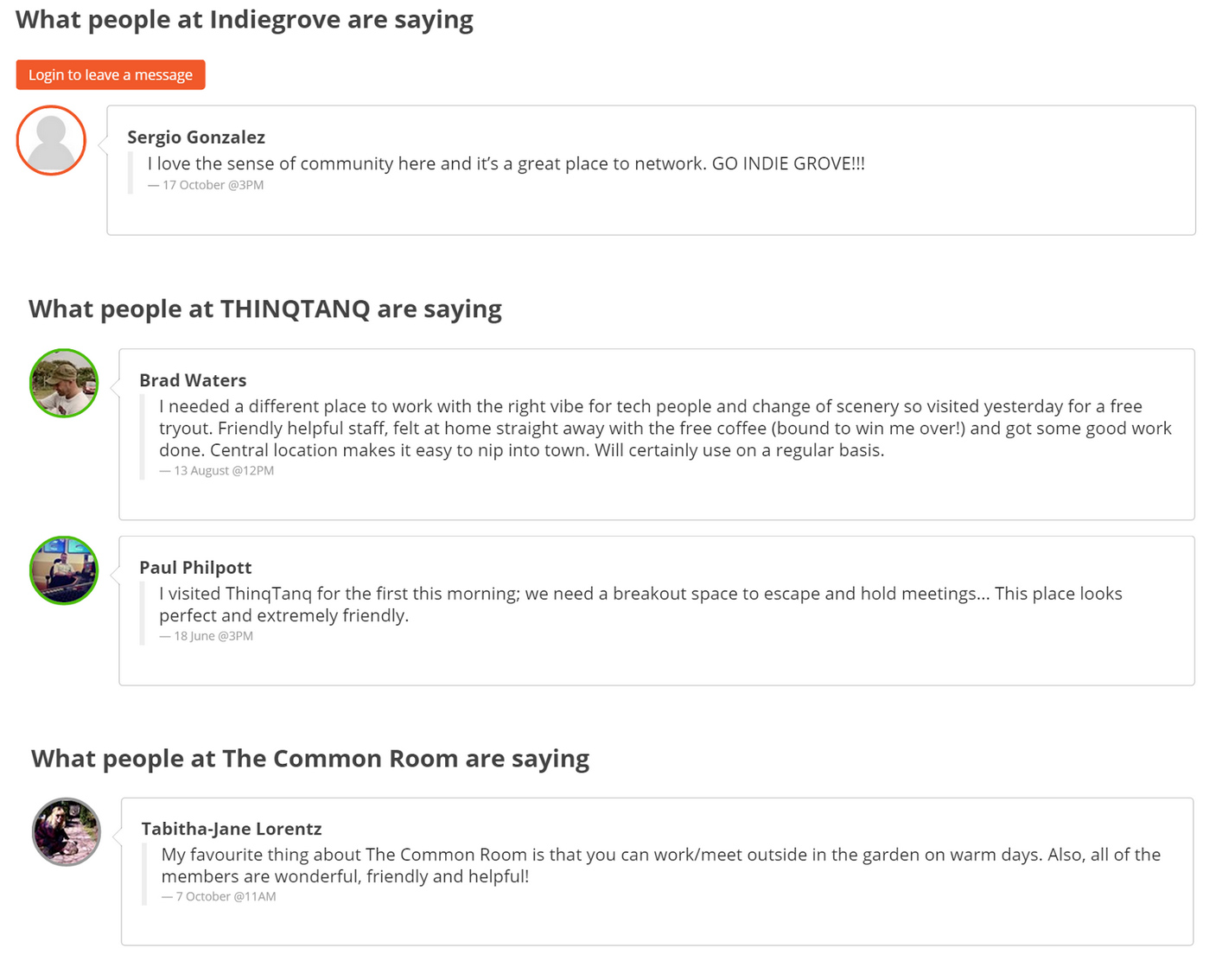Growth hacking and coworking spaces
The term "growth hacker" was first used in 2010 by Sean Ellis to describe a professional whose main objective is to make a given product or service grow. Andrew Chen popularised the term in his article Growth Hacker is the new VP Marketing, where he explains the case of Airbnb. For Chen, a growth hacker is a hybrid of a marketing professional and a programmer. In 2013, Sean Ellis created the GrowthHackers community where members share knowledge, techniques and experience.
Examples of growth hacking are usually related to startups that experience exponential growth, obtaining millions of users, such as the cases of Facebook, Airbnb, Snapchat, Pinterest and Instagram. Although there may be big differences between their models, many of their techniques can be applied to the growth of any business and can help answer the question "how do I get consumers for my product?"
It's all about being creative, looking for new techniques, trying again and improving processes, while keeping costs down.
- Product/market fit. “Make something people want” (P. Graham) In this sense, it's important to be aware of local conditions, understand the existing demand, and if there isn't one, try to create it. Studying factors such as location, size, professional profiles in the city, etc. is important so your project can take shape.
- Early adopters. Getting someone who doesn't know your product or service to trust it is a challenge. You have to put out a red carpet for the first users and pull out all the stops to make sure they have a positive experience, which in turn boosts word of mouth. One of the most important words of advice would be to start building a community long before opening your doors.
- Fake users. We're not saying to make cardboard cutouts of coworkers, but it's not going to help promote the space if there aren't any people in photos of events or the space is empty when you show it to potential coworkers. If this is the case, invite friends, family, neighbours, even enemies to use in the space as you're starting out.
- Let them love you. Apart from having a good product, one of the tools that helped Slack grow has been its eye for detail. An example of such is its “Customer Wall of Love” where it invites users to leave feedback. Making coworker feedback visible in your coworking space can really help attract new members. You could have a "wall of love" on your website or even on one of the walls in your coworking space. Or why not invite your coworkers to share their experience on your blog? Another great example is how Nextspace creatively shared the love this Valentine's Day.

Related posts
-
Global Coworking Trends and Opportunities for 2025
Now well into 2025, the coworking industry continues to demonstrate strong momentum. With demand for coworking spaces remaining steady around the globe, it's clear that coworking is not just enduring—it's thriving. Let’s explore the major trends and opportunities shaping the global coworking landscape this year.
-
Creating Events that Drive Community Engagement in Coworking Spaces
Community is everything in coworking, but a genuine sense of connection between members doesn’t magically happen overnight or by chance. Often, meaningful relationships take intentionality, effort, and time to build, with events being an effective vehicle for bringing people together around shared interests, goals, and experiences, creating opportunities for collaboration, and a thriving coworking culture. This article looks at creating events that drive community engagement in coworking spaces.
-
Liz Elam: ‘Community is the number one amenity in coworking spaces’
A household name in the global coworking industry, Liz Elam, is the founder of one of the world’s best coworking event series: GCUC. Liz’s coworking roots began in 2010, when she established Link Coworking – a welcoming, affordable, and professional coworking space – in her hometown of Austin, Texas. Link Coworking achieved incredible success, expanding across three locations and becoming the fourth-largest coworking brand in Austin. It was sold in 2019, making Liz the first woman globally to exit a coworking brand.
-
Key Takeaways from the Coworking Alliance Summit 2025
Gathering online for the Coworking Alliance Summit last week, members of global coworking alliances, coworking spaces, and community leaders came together to navigate global issues, strengthen ties across the coworking industry, and work collectively towards future goals.
-
5 Ways to Reduce Noise in Open Offices & Coworking Spaces
Some people like working against a background of noise, while for others it’s their worst work nightmare. The truth is, our relationship with noise depends on our own preferences and the nature of our work.
-
ViDA Compliance Guide: 8 Essential Steps for Coworking Spaces in the EU
Now that 2025 has arrived, the European Union's VAT in the Digital Age (ViDA) initiative is becoming a key topic for coworking spaces operating in the EU. But don’t panic—ViDA will be introduced gradually, with key changes taking effect from 2028. This major VAT reform aims to modernize tax reporting, combat fraud, and streamline compliance through mandatory e-invoicing and real-time digital VAT reporting for certain transactions.